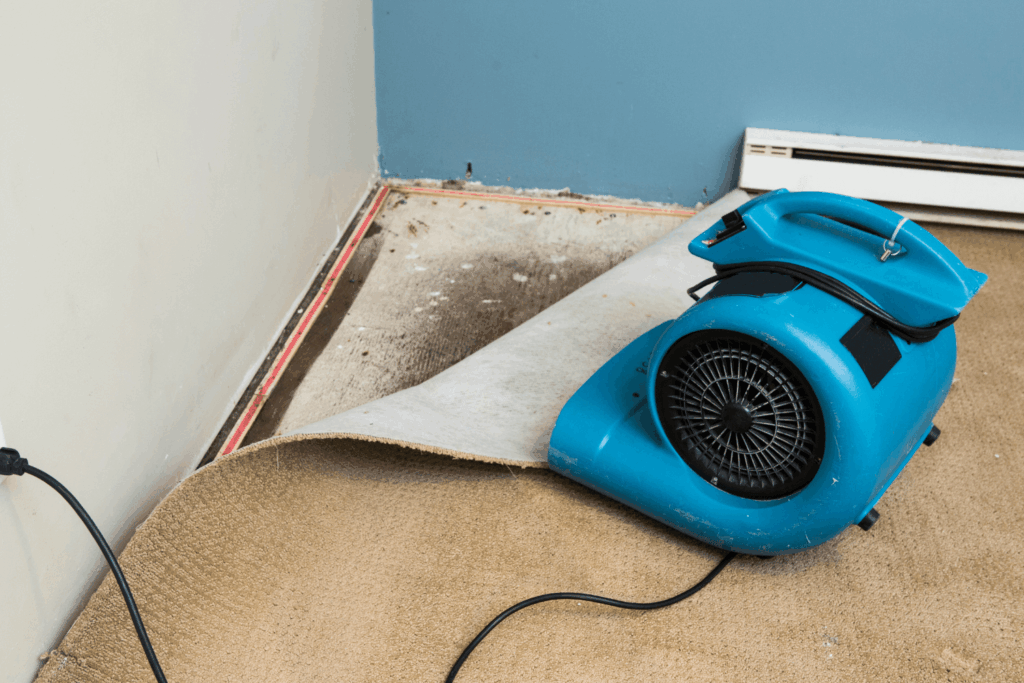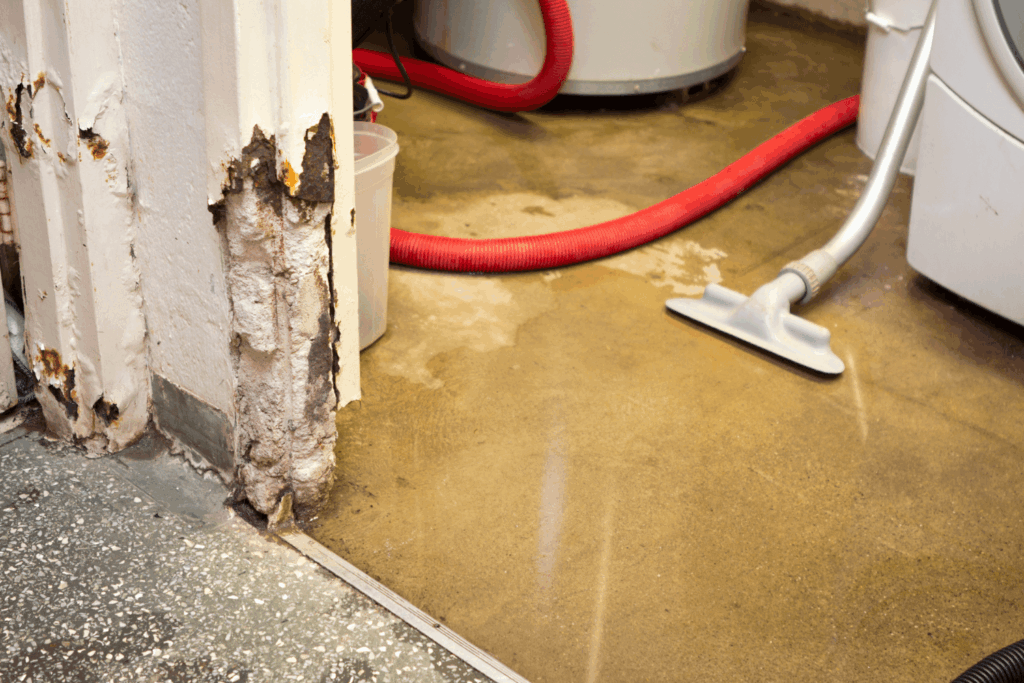If you’ve discovered standing water in your basement, you’re not alone. Whether from a heavy storm, burst pipe, or failed sump pump, basement flooding is one of the most common and stressful issues homeowners face. But the real challenge often begins after the water is removed.
In this guide, we’ll explore the essential steps of basement flooding repair, the full scope of basement restoration, and how you can prevent a future repeat.
The First 24 Hours Matter
When your basement floods, time is critical. The sooner you act, the less long-term damage you’ll face. Safety comes first: power to the basement should be shut off immediately, especially if outlets or appliances are submerged. If the flooding is due to a burst pipe, closing the home’s main water valve can stop the flow.
Once it’s safe, water extraction should begin immediately. Shop vacs or portable pumps can help with minor pooling, but deeper or widespread flooding will likely require professional-grade equipment. All items touched by floodwater should be moved to dry, well-ventilated areas. And as unpleasant as it might be, photographing the damage for insurance is a necessary step that could ease the financial recovery process.
What Basement Restoration Really Means

Restoration is more than drying things out. It’s about bringing the space back to a clean, functional, and safe condition. Once water is removed, restoration experts assess moisture levels inside walls, flooring, and insulation. This is especially important if the water came from a storm or sewer, which can carry contaminants into porous materials.
In many cases, affected drywall, carpet, or woodwork will need to be removed. Mold can begin to grow in as little as 24–48 hours after flooding, so time-sensitive treatment is crucial. Restoration also includes sanitizing all surfaces, removing any lingering odors, and ensuring safe air quality. From there, the rebuild phase begins: replacing drywall, painting, and restoring the basement to its original condition or better.
Effective basement restoration ensures not just aesthetics, but also long-term safety and comfort.
What Causes Basement Flooding in the First Place?
To prevent another flood, you need to understand what caused the first one. Common causes vary depending on the home and location, but they often include exterior drainage issues, such as poor grading or overflowing gutters. Other culprits may be internal, like a failed sump pump, aging plumbing, or a crack in the foundation wall.
Sometimes, it’s a combination: heavy rainfall meets a high water table, and your waterproofing system isn’t up to the task. Knowing what you’re up against is the only way to prevent it from happening again.
When It’s Time to Call a Pro
It might be tempting to clean up on your own and move on, but water damage is notorious for hiding behind walls and under floors. If your basement flood involved more than a couple of inches of water or if you’re unsure of the source, calling in professionals is a wise move. Restoration teams don’t just clean up; they diagnose, treat, and repair the problem at its core.
This is especially important in cases involving contaminated water, mold risk, or structural damage. A certified contractor can also evaluate whether additional drainage or waterproofing measures are necessary to avoid future incidents.
How to Prevent Basement Flooding in the Future

The best flood is the one that never happens. Once your basement is restored, the next step is prevention. Ensuring your sump pump works and has a battery backup is one of the easiest and most effective ways to protect your home.
Exterior grading and gutter extensions can help direct water away from your foundation. Sealing visible foundation cracks and investing in a French drain or drain tile system can provide deeper protection. Regular maintenance is just as important as installation. A once-per-season check of your waterproofing system, drainage lines, and pump functionality goes a long way.
These investments not only protect your basement but also preserve the value and safety of your entire home.
Restore with Confidence, Prevent with Purpose
Facing a flooded basement is overwhelming, but the repair and restoration process doesn’t have to be. With the right approach and the right team, you can not only recover your basement but also prevent the same problem from happening again.At AM Wall Anchor & Waterproofing, we provide comprehensive basement flooding repair and basement restoration services. Our goal isn’t just to fix what’s broken; it’s to give you the peace of mind that it won’t break again.

